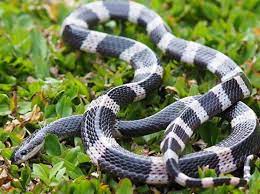The Camp Period
Letter from mum to National Institute for War Documentation
Wassenaar, 28 August 1947
To Mrs. A.H. Joustra
National Institute for War Documentation
Department- Research Women's Camps of the Indies
Dear Madam,
Further to your request of 21 Aug, I would like to inform you about the various camps and free addresses where we were during the Japanese Occupation and afterwards. You can then see for yourself what you can use
We lived at the company Ngrangkah Pawon in the Kediri residence. Since My husband was interned, we ( my children and mother-in-law) were among the first to enter a so-called ,,, protection camp (Perlindoengan). Dec 27, 1942, I was told to come to Mantri Police in Wates on the 29th with as little luggage as possible. Each was allowed to bring a bed, chair, spoon, etc., other than that we were allowed to carry as much food and clothes as possible. The rest was kept "well" by the Japs. We were not allowed to be told where we were going, I only knew it was in the heat. The destination was the cassava company Galoehan ± ½ hour outside Kediri. Here the administrator's house + 2 adjoining pavilions had been arranged to accommodate ± 300 women and children. We and three others ended up in a huge kitchen. Afterwards, this turned out to be not so bad because there was running water and water meant everything in the coming months. The big boys and men were soon housed a little further on in a separate house. In this Camp, we still enjoyed some freedom. I could e.g. still send the laundry to the company with my old garden boy and so I also got regular support in food and money from the administrator who was still at the factory. So did others. We were also allowed to buy freely at the passar and Chinese shops. Food we could have cooked outside. Furthermore, we were allowed to visit the doctor and dentist. Deaths did not occur here in this camp, notwithstanding a few diphtheria cases. At the end of August 1943, the other loose people were also interned. After these were first given a few days of family internment, the women and children were then put up in Kawarasan (a sister company of Galoehan) and the men were taken to Bandung. Life did get harder then. In February 1944, we were all transferred to Camp 10 at Banjoebiroe Ambarawa. Here we really ended up in a prison. High walls and in the beginning still barred doors in front of the rooms. Here we were given food from the soup kitchen, very poorly cared for in the beginning,
afterwards, however, everything was done to make what was there tasty. In November 1944, the boys aged 10 and over were taken away to Camp 7 in Ambara







































































.png?etag=%222dac5-659d18a5%22&sourceContentType=image%2Fpng&ignoreAspectRatio&resize=121%2B125)